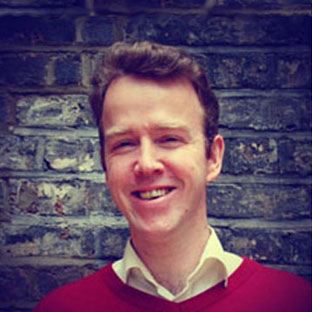Today is the RSA AGM and our house is teeming with an increasingly diverse fellowship. The projects team are showcasing a variety of RSA projects throughout the day, hoping that the fellows can advise and contribute, or to put it in historically thematic terms, inspire, support and enable.
The Connected Communities team kicked off proceedings by outlining the nature and aims of our project, followed by a brief discussion. The main questions, as I remember them, were:
What does a 'social capital strategy' involve, and what would success look like? - The tentative answer seems to be that success is not a particular socio-economic end point, but an ongoing reflexive process on the kinds of community networks and processes we want to inspire, support and enable others to fashion community for themselves. In other words, this is definitely not about the RSA truck pulling in to a place and dictating terms...
Isn't there a danger of defining community prior to engaging in a community, given that it is up to communities to decide what community means to them? (I had a follow up conversation with the same fellow, Allan Bosley, who defined community as 'self-defining individuals who share a common interest'). The short answer to this is necessarily a long answer, but suffice to say that we are not unaware that community is a highly contested and malleable concept, and we agree that positioning ourselves with respect to a particular understanding of community or communities does not make our view of community prescriptive, exhaustive or exclusive.
Hasn't this all been done before? The idea of community regeneration being 'bottom-up' rather than 'top down' is not new, and is not really where we are coming from. In passing, at a recent RSA event Andrew Mawson encapsulated the best approach to community development as being neither top-down nor bottom-up, but rather 'inside-out', by which he means a community doing things together and gradually coming to know and like itself through its own actions - this is closer to our idea of action research both discovering and harnessing existing community networks.
How does this approach help excluded individuals? We can't be sure yet, but the hypothesis is that making social exclusion more visible through an understanding of social networks, we might help both the excluded to understand available community resources, and the community to better target their resources so that they reach those most in need.
We moved on to consider the nascent idea of a potential Communal Gardens Project in which the RSA would act to facilitate communities in making better use of available land, much of which has fallen into disuse due to the economic downturn.
My break-out discussion group seemed to be enthused by the ideas outlined by Will Shaw, and advised us to look at related examples, for instance at a new communal area near Kew Bridge where residents have taken over space that hasn't been used for 20 years, Urban farms in Middlesborough, Boris Johnson's Capital Gardens in London and Learning Dreams group in the US, which has a communal garden element. There was also a suggestion that we should look closely at the work of The Royal Horticultural Society.
Wider themes concerned the idea that garden, like community need not be tied to one particular space, and that gardens can morph and change both within spaces and between them. So if there is a dispersed urban garden, and one aspect of it has to close down, the garden lives on..
The key question seems to be what happens to the community spirit that is inculcated by the garden work if and (probably) when the garden has disappeared. This raises a wider point about connectivity, friendship and fellowship. When people come together over a particular issue, what keeps them together when the issue has come and gone? The promise a future shared issue, or something deeper?


Be the first to write a comment
Please login to post a comment or reply.
Don't have an account? Click here to register.